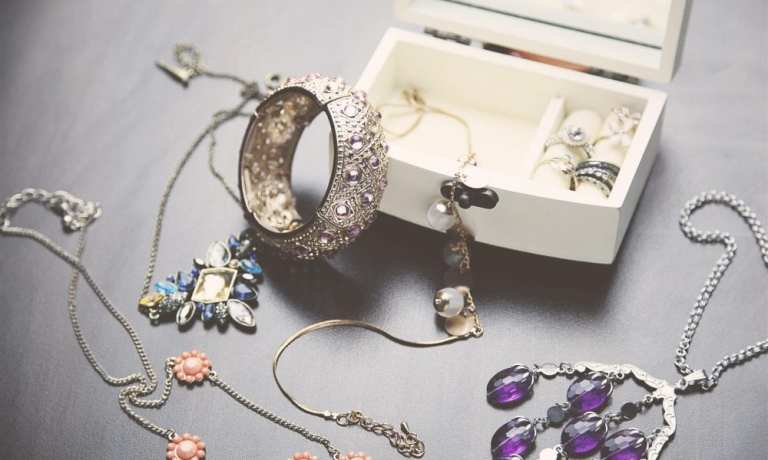Jewelry is big business in the United States — but selling it in most case has proven to be a hill too steep for most startups to mount. Overall, the U.S. jewelry market is worth about $70 billion annually — so there is plenty of jewelry being sold — but it is not an incredibly fast growing market. Between 2014 and 2018 the U.S market only grew about 1.4 percent. Major chains like Signet (owner of Mary Kay, Jared and Zales) tend to dominate the market. The smaller, independently-owned “mom and pop shops” in the industry, of which there are about 23,000 in the United States, tend to be smaller and struggle with profitability, according to Bloomberg reports.
“The industry’s completely saturated,” says Britanny Carter, an analyst at market research firm IBISWorld. “There’s not too many exciting things going on.”
And within the larger subset of jewelers, about 20 percent of annual global sales come care of branded jewelry, or jewelry pieces associated with a particular shop or maker, according to a 2014 report from McKinsey & Co. — though the same report noted that its share of the market is on the rise and is expected to be closer to 30 or even 40 percent by the year 2020. It is the highest growth segment, and thus most potentially lucrative entry point for startups looking to crack the diamond-hard jewelry market — though statistically speaking, it is not an easy entry point. As is the case with the overall industry, established players have a huge advantage, and in the world of branded pieces very well-known names like Cartier and Tiffany tend to dominate.
The reason for that is obvious but easy to overlook, Ken Gassman, president of the Jewelry Industry Research Institute, told Bloomberg. Branded jewelry depends on consumers wanting to associate themselves with a specific name, which means new entrants have to invest in building that name to sell that product.
“The number of people who have tried branded jewelry and failed is enormous,” said Gassman. “People don’t understand how much time and money it takes.”
Which is what makes Williamsburg, Brooklyn-based Catbird such an unusual phenomenon in the world of branded jewelry. Founded in 2014 and propelled to fame by the handiwork of an employee making rings at her kitchen table, the single-location shop brings in over $20 million annually.
Advertisement: Scroll to Continue
The brand’s first big success was something of a stroke of luck — Catbird had been around and open for business for about two years when an employee started creating the millimeter-thin gold and silver stackable rings the brand went viral with. Catbird didn’t invent the stackable ring, which has been around since the ’70s, but it is largely credited with making them a must-have totem of cool in Williamsburg, Brooklyn, and from there, the rest of the nation.
That means, according to Founder Rony Vardi, Catbird didn’t invest millions in marketing its brand to the world back in its early days — instead it invested in reaching out to local designers looking for a place to sell their handmade creations (in 2005 Etsy was not yet a household word) and building a Yahoo! site to sell those locally-created goods to the worldwide digital audience. Catbird was also lucky, according to Vardi, in that early customers were makeup artists, costume designers, set designers, models and actresses — all very cool, and all more effective at carrying the brand than any paid marketing campaign could have been. Actresses Kristen Stewart, Olivia Wilde, Jessica Biel, and Lena Dunham are all among the brand’s more notable and visible fans.
Endorsed by celebrities or not, Vardi said that despite Catbird’s success with the stackable rings — or more recently, items like permanent friendship bracelets that are literally welded together on the customer’s wrist so that they can never be removed — the brand’s 15 years of successful growth is premised on the fact that it is not a trend-chasing brand.
“Everyone wants to be cool,” Vardi told the news outlet. “We strive to be nothing that’s of the moment. Cool, as opposed to trendy.”




